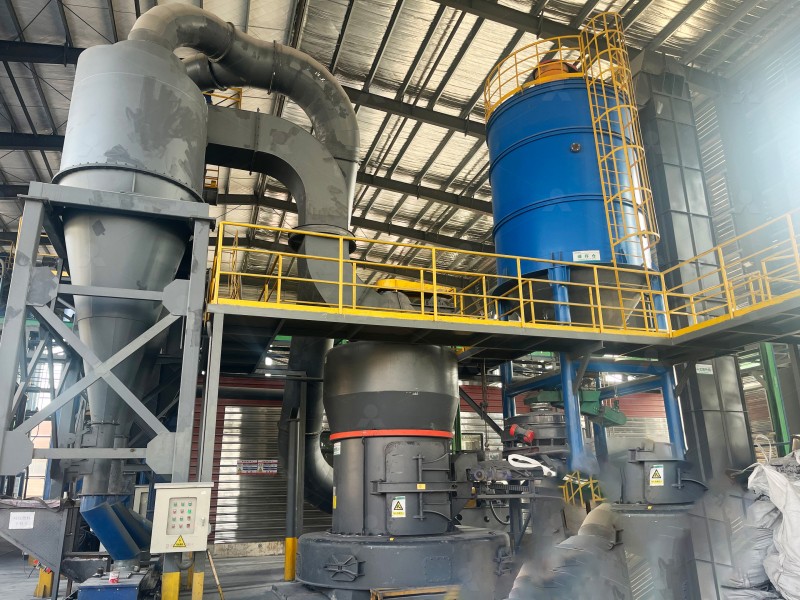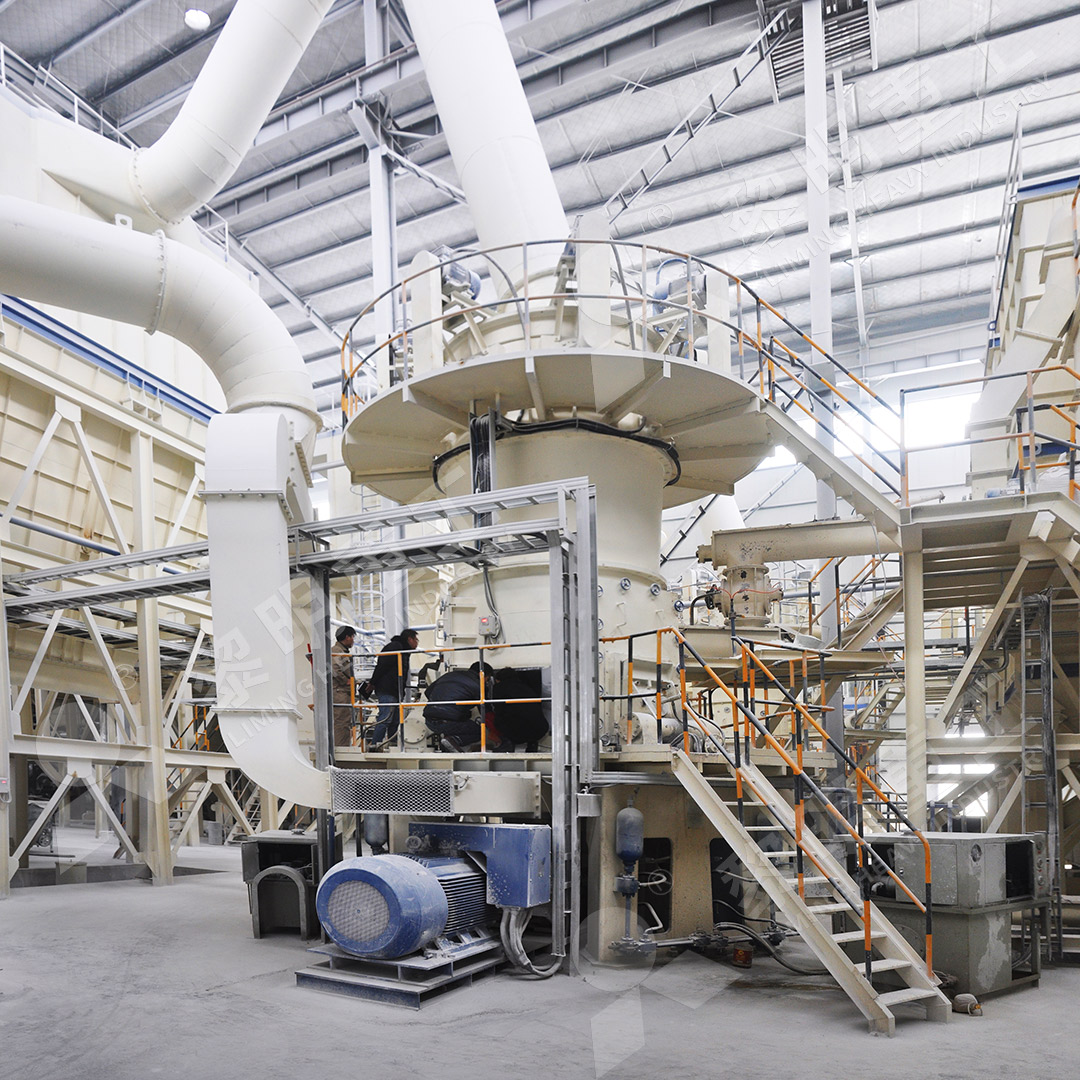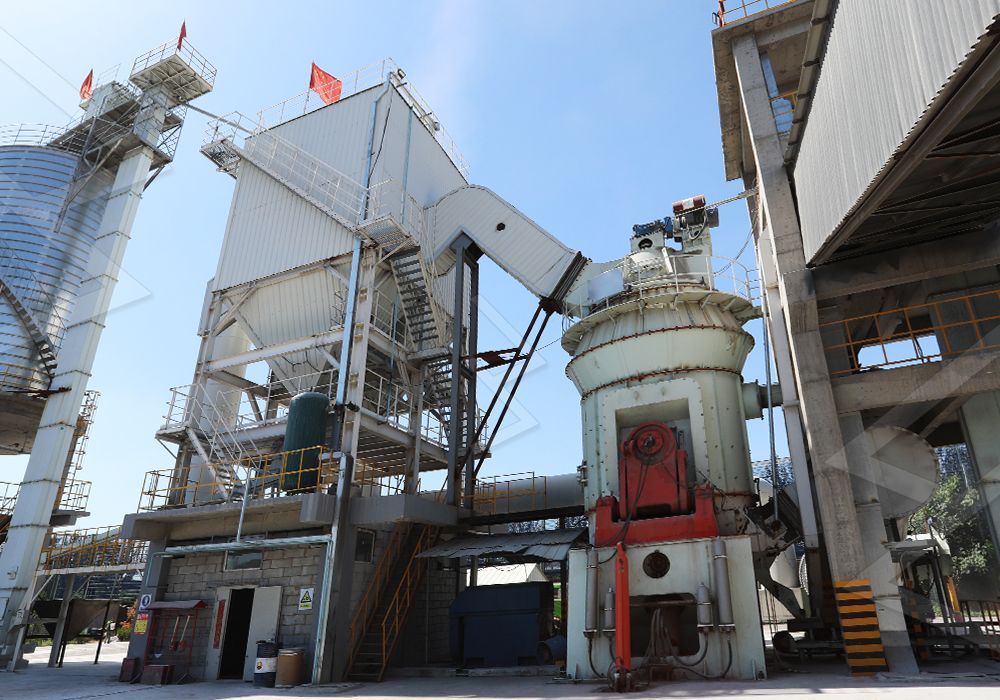How Does a Coal Mill Pulverizer Rotating Table Work?
How Does a Coal Mill Pulverizer Rotating Table Work?
For anyone in industries like power generation, cement, or steel production, understanding the heart of your coal preparation system—the pulverizer’s rotating table—is crucial. This ain’t just some simple spinning plate; it’s a precision-engineered component where the raw coal meets its destiny and gets transformed into fine, combustible powder. Let’s break down how this critical piece of machinery gets the job done.
The Core of the Action: The Rotating Grinding Table
Imagine a massive, horizontal table spinning on a central axis. This is the grinding table (or turnplate). Raw coal, pre-crushed to a manageable size (typically 0-20mm for finer mills), is fed onto the center of this rotating table. Thanks to good ol’ centrifugal force, the material gets thrown outward towards the perimeter of the table.

As the coal travels across the table, it passes under heavy, stationary grinding rollers. These rollers exert tremendous pressure, crushing and grinding the coal chunks against the hard surface of the table. It’s this combination of compression and shearing action that does the pulverizing. The goal is to achieve a very specific fineness, essential for efficient combustion in the furnace.
The Role of Air and Separation
The grinding process is dry and hot. Heated air is often introduced from below the table, flowing upwards through the ground material. This air serves two key purposes: it dries the coal (reducing moisture content for better burning) and it transports the finely ground powder upwards out of the grinding zone.
The air-borne coal powder then enters a classifier or separator located directly above the table. This component acts like a sophisticated sieve, using blades or vanes to create a vortex. Coarse particles are rejected by the classifier and fall back onto the table for further grinding. Only the finest particles—the finished product—are carried by the air stream out of the mill to the burners.

Why the Design Matters: Efficiency and Reliability
A well-designed rotating table and roller system is everything. It needs to handle abrasive wear, manage heat, and maintain precise tolerances for consistent output. Modern mills, like our MW Ultrafine Grinding Mill, incorporate advanced features to master this. Its design boasts higher yielding at lower energy consumption – production capacity is 40% higher than jet mills with system energy use only 30% of theirs. Plus, the absence of rolling bearings and screws in the grinding chamber eliminates worries about those components failing and causing downtime.
For operations requiring robust and large-scale coal pulverization, our LM Vertical Coal Mill is a standout choice. It integrates drying, grinding, and classification in one unit. Its simple and reliable operation is ensured by features like a limit device preventing direct roller-to-table contact, avoiding destructive vibration. It offers high grinding efficiency, saving 40%-50% on power compared to traditional ball mills, and provides stable product quality with a high degree of automation.

Keeping it Running Smoothly
Maintenance is key. The grinding elements—the table and rollers—are subject to immense wear. Modern mills are designed with ease of maintenance in mind. Features like hydraulic systems that allow rollers to be easily swung out for inspection or replacement significantly reduce downtime. Regular checks on wear patterns, lubrication (if applicable), and table stability are vital for uninterrupted operation.
So, the next time you see a steady flame in a boiler, remember the complex dance happening inside the coal mill: a rotating table tirelessly feeding material under giant rollers, all choreographed by precise air flows and smart mechanics to create the perfect fuel.
